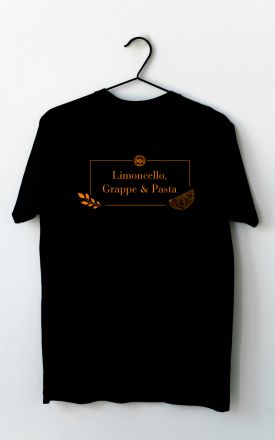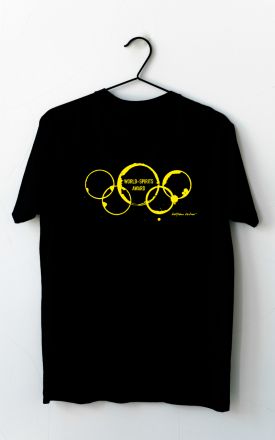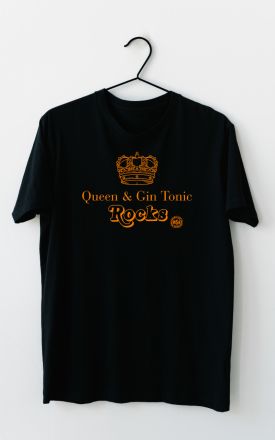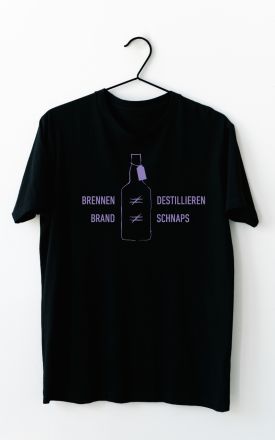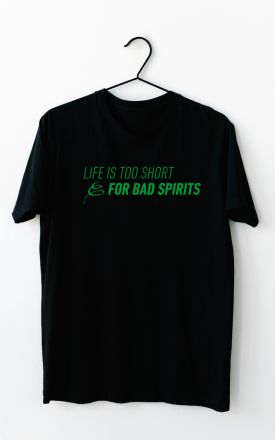The world of spirit glasses
iws.tv episode 1 The world of spirit glasses I Testing glasses: Hand blown vs. machine made
Facts & Figures | Podcast | Aroma Images | Tasting
Do you have the "perspective" when it comes to choosing the best glass for spirits?
Are you satisfied with advertising language attributes such as "elegant design", "brilliant optics", "functional glass body"? How important is it to you to have matching glasses for different types of spirits? How much money do you want to spend on it? Or are you looking for the universal glass par excellence? In the 1960s, Professor Claus Riedel not only caused a sensation with his wine glasses, but also revolutionized glass culture and set a milestone in the modern development of glasses. There were and are many imitators, but they all have to measure themselves against the original. The benchmark is still Riedel, but the incentive should be improvement and perfection. The positive effect of this competition: The consumer has an even larger selection of glasses and can decide not only on the basis of personal taste, but also on the basis of financial aspects. Skiers know that without the perfect "link" between ski and person, the ski boot, there is no satisfying skiing pleasure. For a connoisseur, the spirits glass has a comparable value. It is absolutely incomprehensible to serve or drink high-quality, expensive products from improper or “cheap” glasses. The craftsmanship and the quality Basically, a distinction must be made between machine-made products or products made as pressed glass and mouth-blown creations. Mouth-blown or handcrafted are glasses that are made entirely by hand from the body to the base - which is not always the case. Although many large companies emphasize this definition of quality as a competitive advantage, the truth is that the goblets are "blown" with compressed air and only then does the manual work begin - from the stem to the base. Mouth-blown crystal glasses are blown into molds - small editions in wood, large editions in iron moulds. One should also pay attention to which base material is used, whether lead crystal, potash glass or pyrex glass. Lead crystal is the classic, high-quality variant, the craftsmanship of which only a few glassworks have mastered. Potassium glasses are the most common form, they are also used because e.g. In America, for example, there can be problems with "lead glass". Pyrex glass is used in laboratory technology and by glass artists, it is a relatively easy to process tubular glass that comes in different sizes and diameters. Cut lead crystal glasses or designer glasses, which are not suitable in terms of function, should only be used for decoration - if they are functional, there is nothing to be said against everyday use. Last but not least: glasses made of plexiglass belong in the doll's kitchen, at most in the picnic basket or backpack for the "summit sip" - "real" summiteers have not only a fine drink but also an adequate glass.
Share post:


